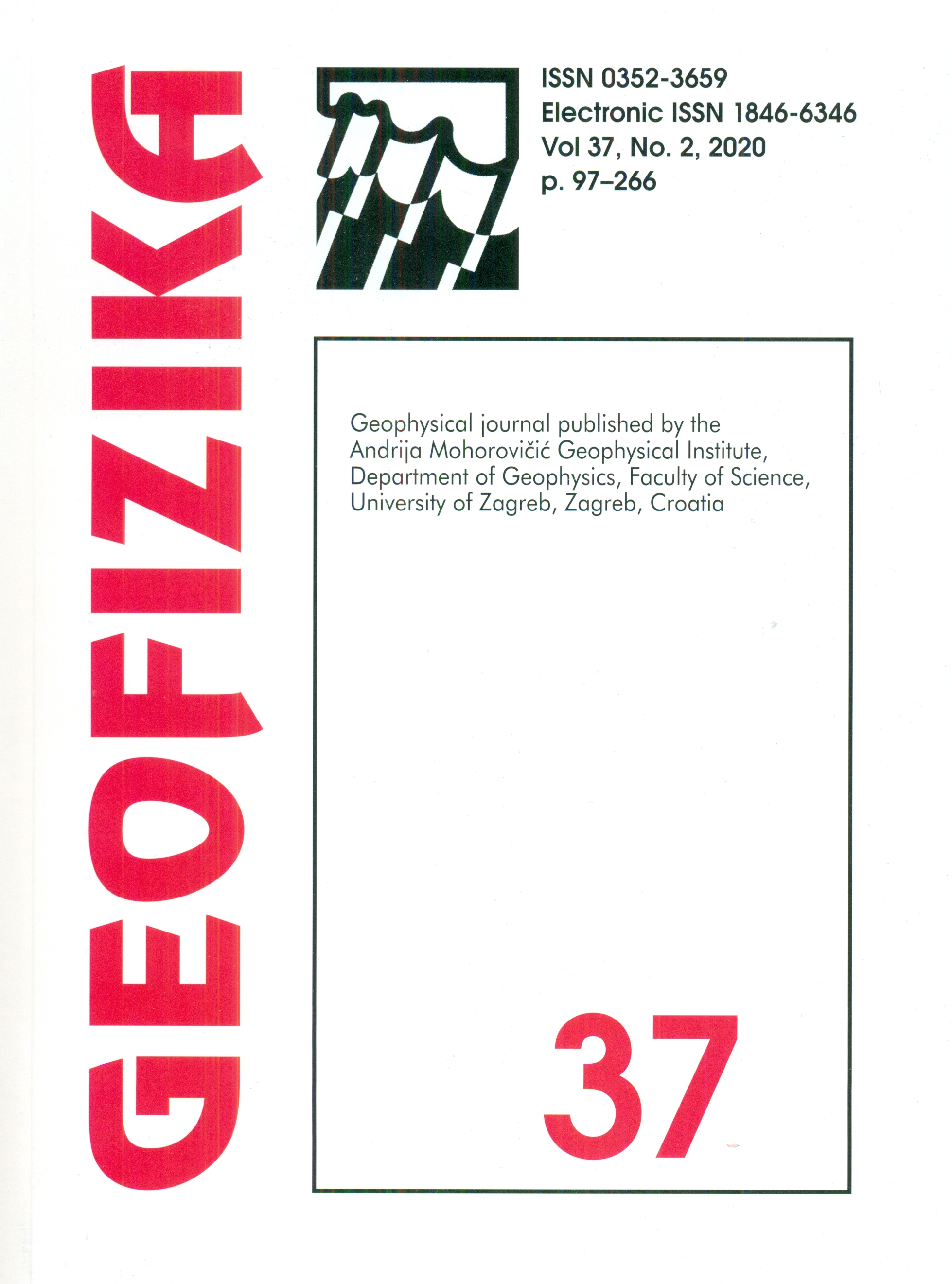Assessing vulnerability for inhabitants of Dhaka City considering flood-hazard exposure
DOI:
https://doi.org/10.15233/gfz.2020.37.5Keywords:
flood hazard, quantifying vulnerability, AHP, urban inhabitants, BangladeshAbstract
Global flood hazard is gradually increasing. Though it is impossible to avoid them, losses and damage of hazards (e.g., floods, cyclones, and earthquakes) could be efficiently reduced by reducing household vulnerability with appropriate measures. This study aims to quantitatively measure the household vulnerability of flood hazards as a mitigation tool. It also proposed a unique approach to quantify flood-hazard household vulnerability, and shows its application in the flood prone city of Dhaka as an example case. Data were collected from both slum and non-slum areas to cover the entire urban habitat, and to compare their level of flood vulnerability. A total of 300 households were surveyed by structured questionnaire on the basis of five factors (economic, social, environmental, structural, and institutional) of flood vulnerability. The analytical hierarchy process (AHP) was applied to measure individual household vulnerability scores by using the relative weightage of variables and indicators with proper standardisation. Analytical results demonstrated that 63.06% slum and 20.02% non-slum households were highly vulnerable to floods. In addition, this paper determined and assessed responsible factors for household flood vulnerability in Dhaka. For structural vulnerability, results exhibited that 82% of slum households were highly vulnerable, and 95.3% of non-slum households were moderately vulnerable. Socially, 67.3% of slum and 78.7% of non-slum households were moderately and low-vulnerable. The majority of slum and non-slum households (84% and 59.3%, respectively) showed high and moderate vulnerability with respect to economic vulnerability. Moreover, 69.3% of slum and 65.3% of non-slum household institutional vulnerability levels were high. Of slum inhabitants, 63.3% were environmentally at high risk, and 78% of non-slum habitats were in the low-vulnerability category. However, as an effective tool to measure location-specific vulnerability, it is applicable for the measuring vulnerability of other cities in the world with proper customisation. On the basis of this study, future research could be conducted with more factors, variables, and indicators of human vulnerability to natural or artificial hazards/disasters. Future work may provide a better reflection of the vulnerability status of single/multiple hazard(s)/disaster(s).
Downloads
Published
Issue
Section
License
Copyright (c) 2021 Geofizika journal

This work is licensed under a Creative Commons Attribution-NonCommercial 4.0 International License.

